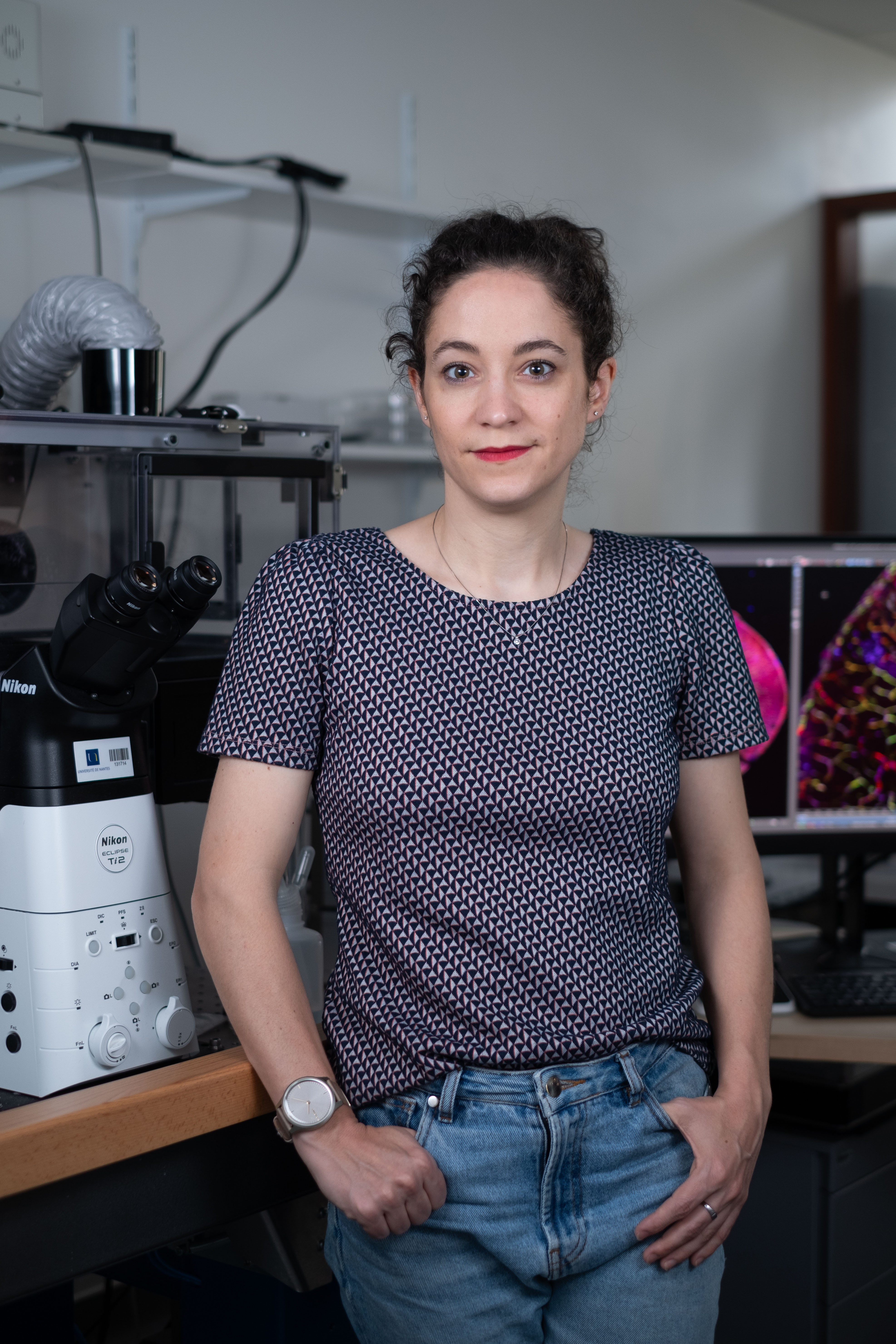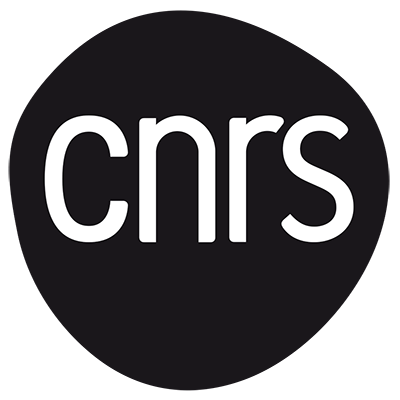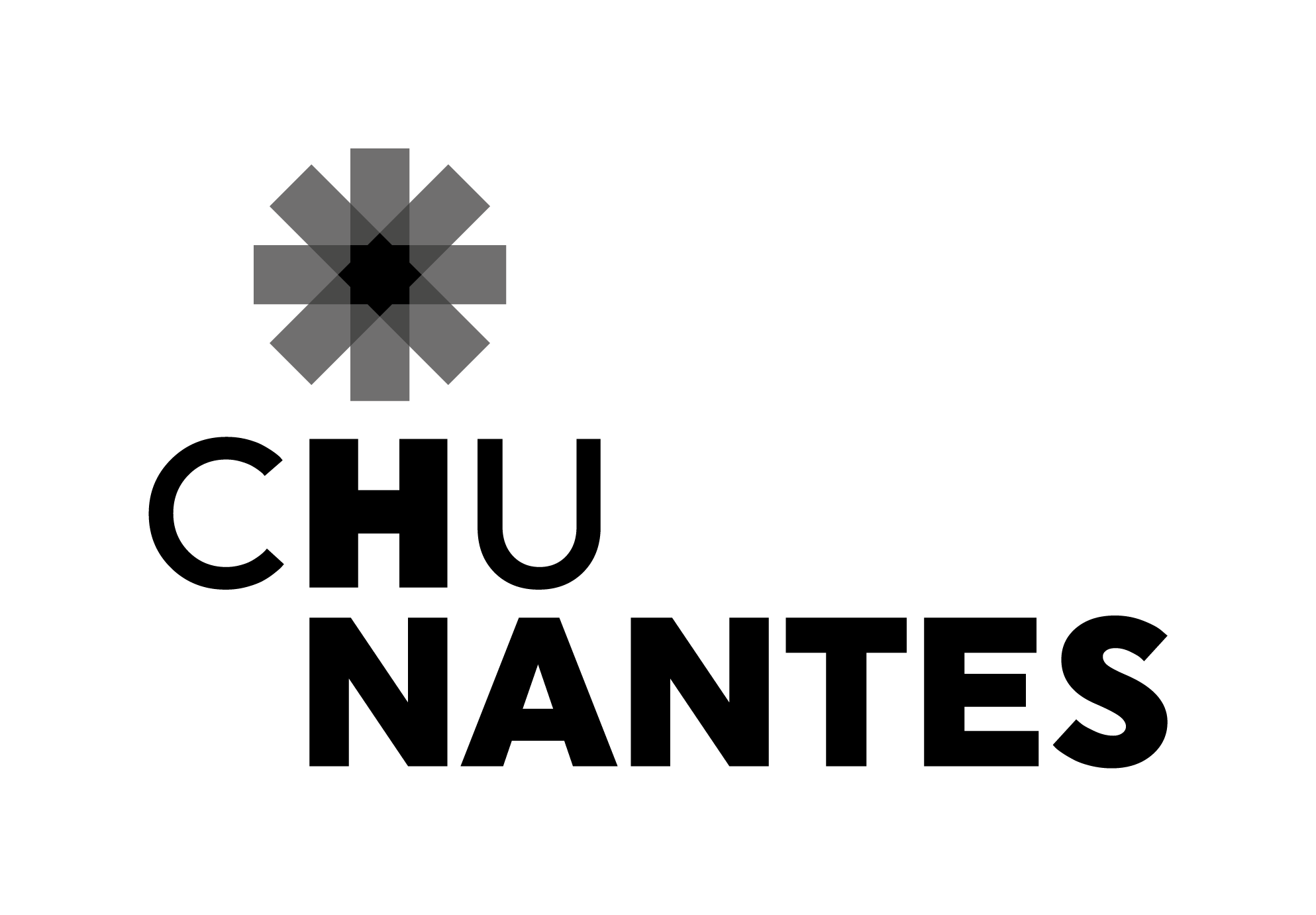ANR MICRO : Anne-Clémence Vion (2022 - 2025)
Anne-Clémence Vion is the scientific leader of this “young researcher” ANR-funded project dedicated to understand the role of mechanical forces in intracranial aneurysm formation, with a focus on rho proteins signaling.
Intracranial aneurysm is a silent cerebrovascular abnormality characterized by a local dilation and thinning of the wall of a cerebral arteries that affects 3% of the population. Its rupture is unpredictable and results in a subarachnoid hemorrhage, fatal in 40% of cases or leaving patients with neurological disability if not. Currently, there are neither diagnostic tools to predict the risk of rupture nor treatments to prevent or limit the formation and the progression of an intracranial aneurysm. Understanding the mechanisms involved is therefore a major challenge for improving disease evaluation and patient management. Intracranial aneurysm preferentially arises at arterial bifurcation of the circle of Willis, where vascular cells are exposed to large variation of mechanical stimuli, suggesting that it may result from the inability of the arterial wall to adapt properly to these hemodynamic conditions. With this proposal, our aim is to discover the molecular mechanisms involved in the defective response of vascular cells to mechanical stresses at aneurysm formation site, with a focus on the Rho proteins and their activators, the RhoGEFs.
The project is organized with two complementary axes:
Intracranial aneurysm is a silent cerebrovascular abnormality characterized by a local dilation and thinning of the wall of a cerebral arteries that affects 3% of the population. Its rupture is unpredictable and results in a subarachnoid hemorrhage, fatal in 40% of cases or leaving patients with neurological disability if not. Currently, there are neither diagnostic tools to predict the risk of rupture nor treatments to prevent or limit the formation and the progression of an intracranial aneurysm. Understanding the mechanisms involved is therefore a major challenge for improving disease evaluation and patient management. Intracranial aneurysm preferentially arises at arterial bifurcation of the circle of Willis, where vascular cells are exposed to large variation of mechanical stimuli, suggesting that it may result from the inability of the arterial wall to adapt properly to these hemodynamic conditions. With this proposal, our aim is to discover the molecular mechanisms involved in the defective response of vascular cells to mechanical stresses at aneurysm formation site, with a focus on the Rho proteins and their activators, the RhoGEFs.
The project is organized with two complementary axes:
- The first one, developed in vitro, will identify the mechano-sensitive rhoGEFs and their function in endothelial cells and smooth muscle cells.
- The second one will use the in vitro finding to go further in the understanding of intracranial aneurysm development by studying the role of the mechano-sensitive RhoGEFs in vivo using a surgical model of IA.


Mis à jour le 30 mai 2024.





